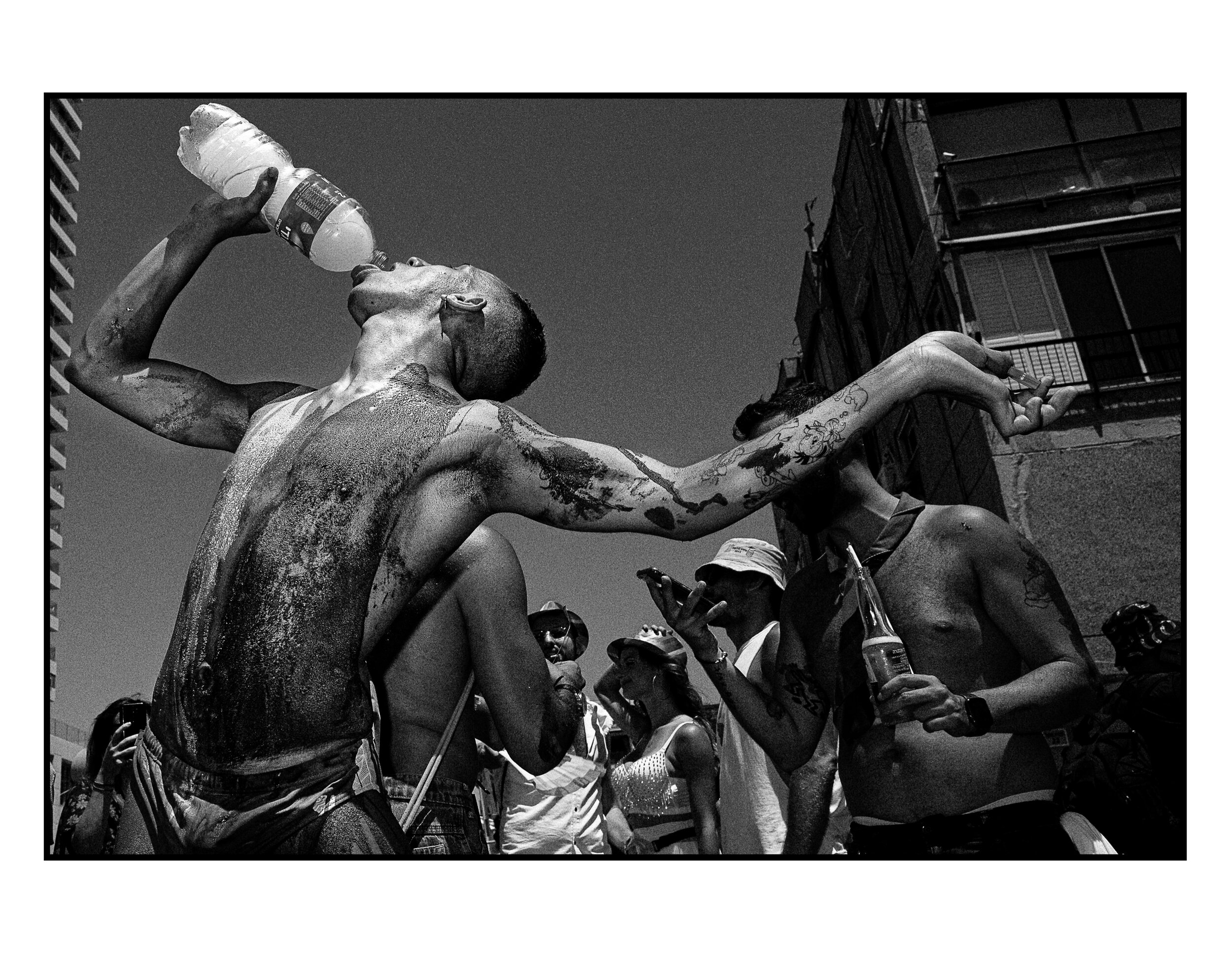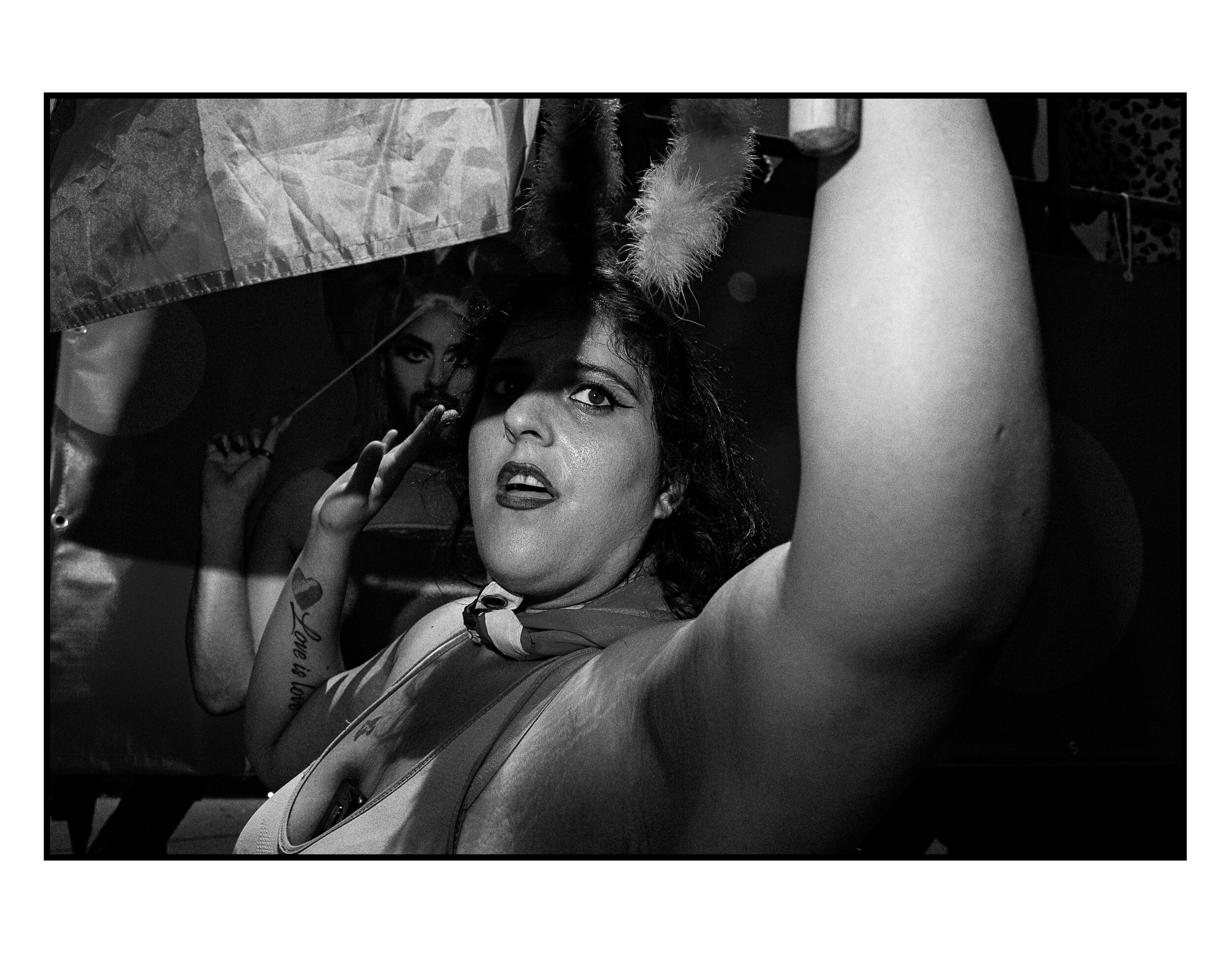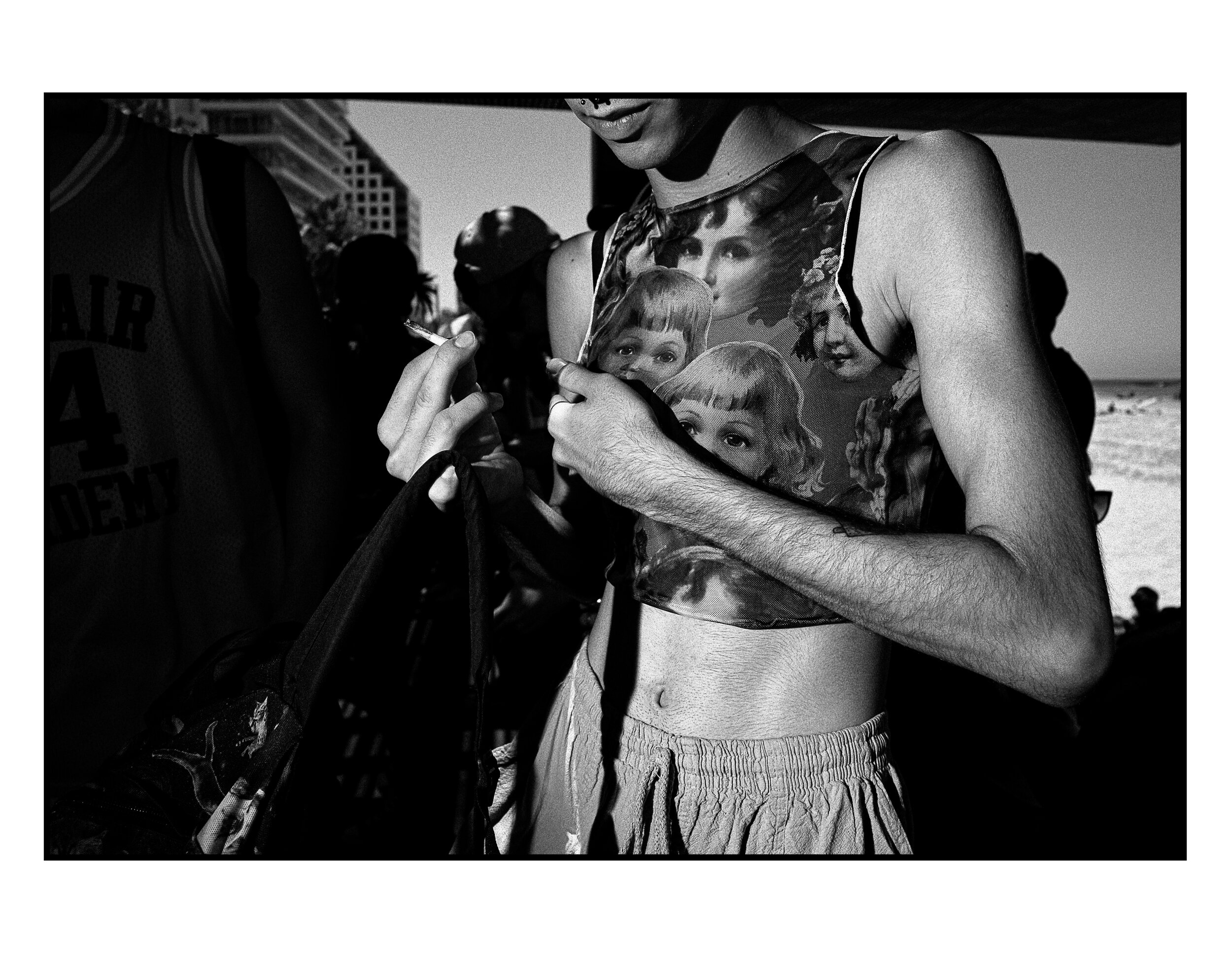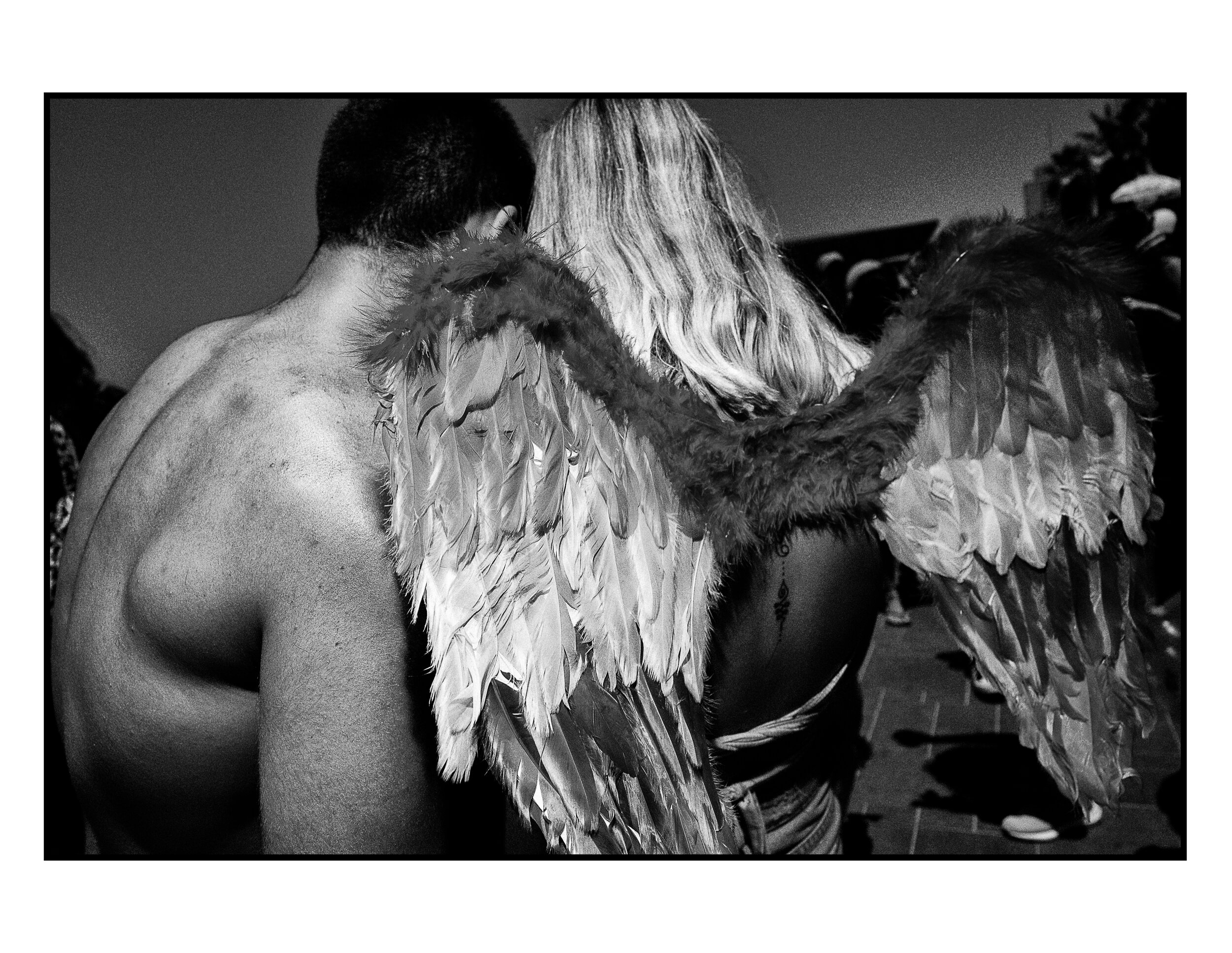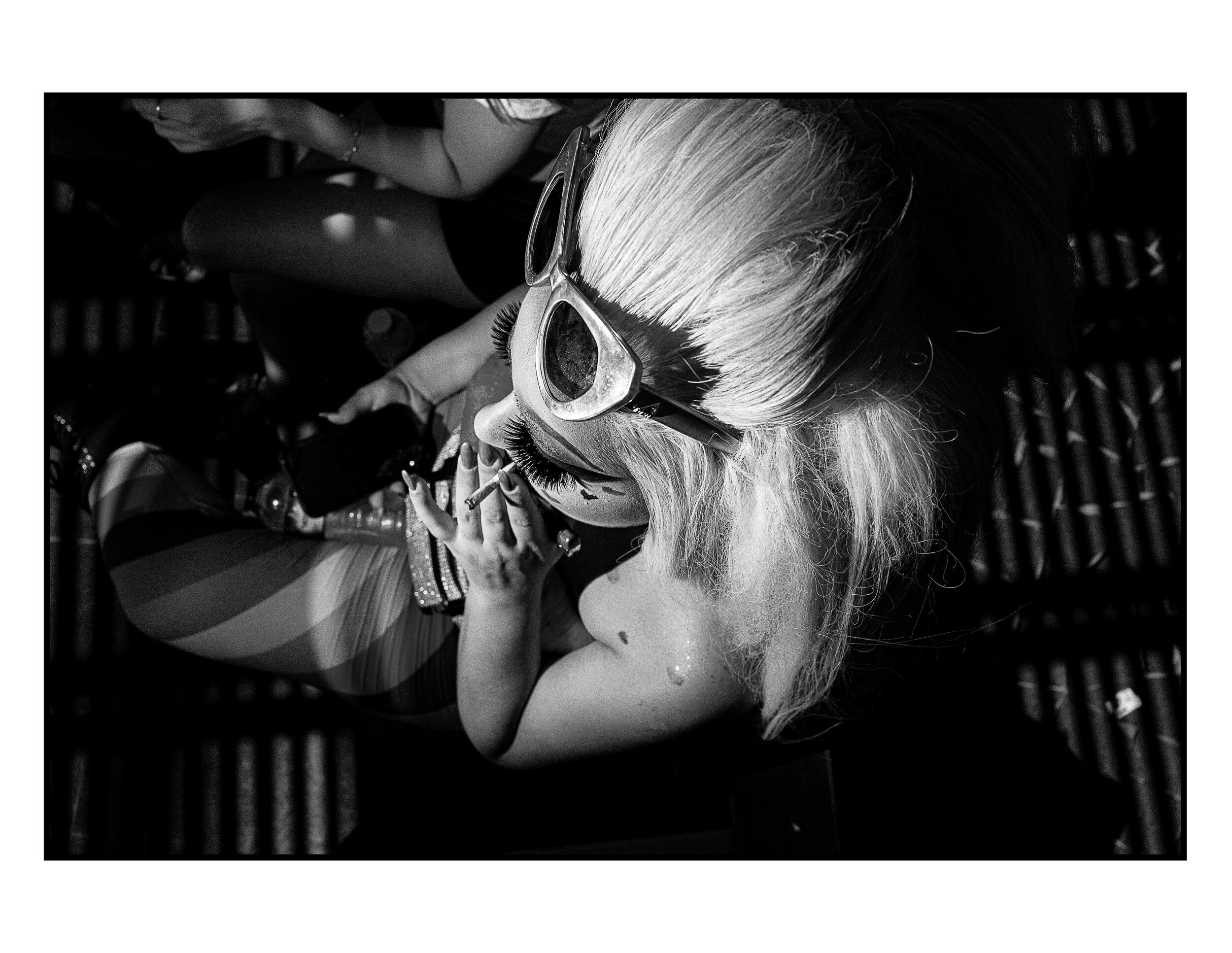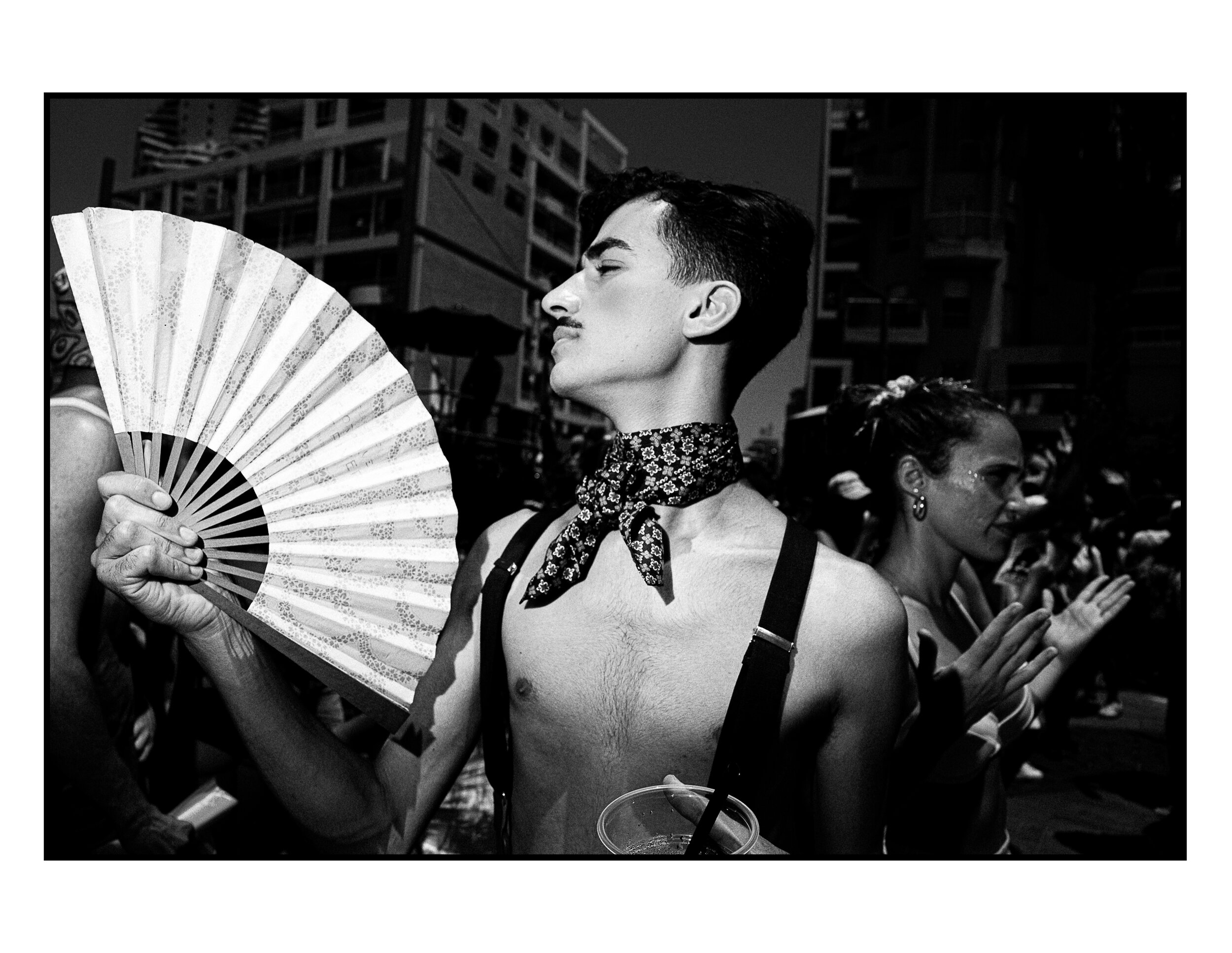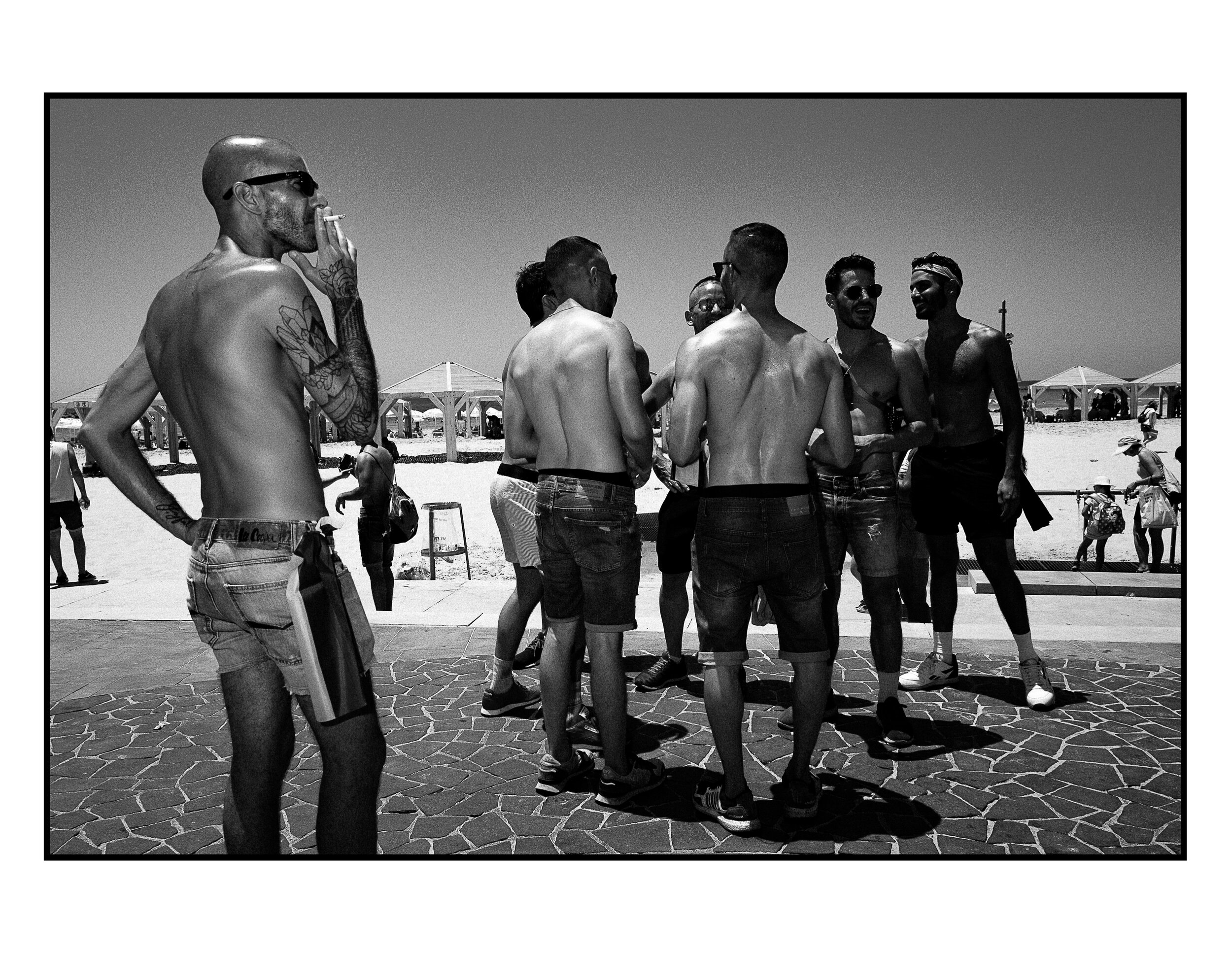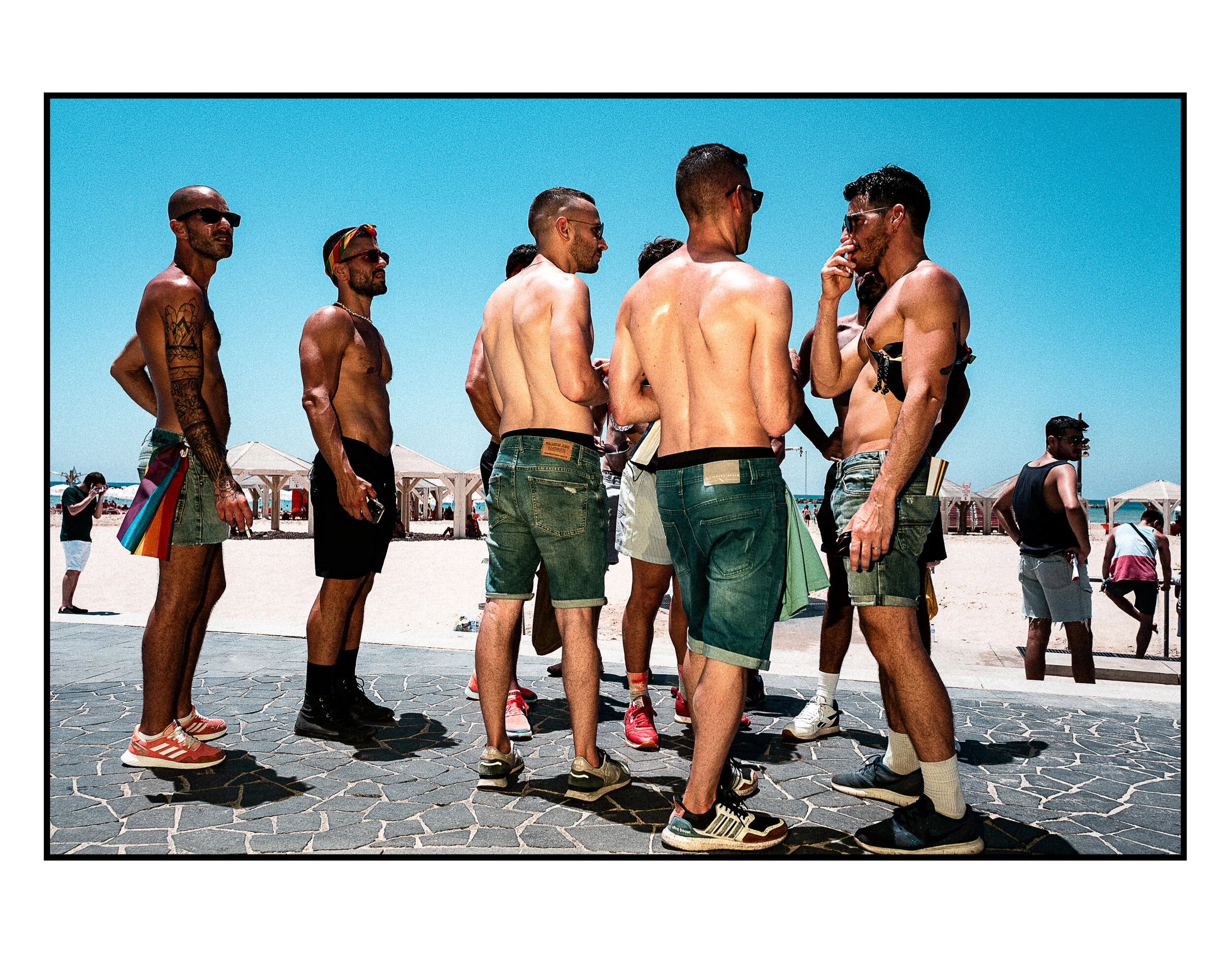An Evolution of Pride
by Shimi Cohen
The year is 1970, the place is New York. The date for the first Pride Parade is set for June 28, the first anniversary of the Stonewall Riots, which ignited the fire of the revolution one year earlier.
They had no flags, nor trucks decorated with dancers. There were no smiling mothers or fathers among them, nor supportive grandmothers or tanned tourists. They did not even have a budget. But they had one clear goal: to walk the streets without shame. Until those riots, LGBT people were forbidden to express affection in public or to be themselves. Members of the gay community were forced to dress in traditional clothing according to gender: men in suits and women in dresses. Until that hot morning.
There was nothing special that day. Early in the morning, the police again broke into the proud neighbourhood bar and started arresting the workers and passers-by at the place, but in one moment they woke up. Gays, transgender, lesbian, bisexual and co., Who have decided to stop being silent, to stop being ashamed, to stop being afraid. What happened in those minutes that ignited it all? Opinions differ. Some told of a drag queen throwing a stone at a cop, others reported a lesbian woman who inflamed the crowd, but one thing everyone agrees on. It was the most important event of a community, even before she knew it was such.
"Gays at the time had no power, but they certainly had pride."
The "Stonewall riots" lasted five days, symbolizing the beginning of the proud struggle for equality and recognition. They changed the way the community saw itself and the way society saw it. In the months following the riots, dozens of proud organizations, groups and associations organized and arose, which began to fight for acceptance and recognition. Later they began to roll out the idea of a Pride Parade. No more quiet and ashamed marches, but a big, public event.
For several months, members of the Proud Community worked on the first Pride Parade. Every day they would meet over the proud bookstore on Christopher Street, recruit donors, send messages. The matter was taken over by Brenda Howard, the "mother of pride," along with other activists. A controversy arose around the slogan, until one of the members suggested incorporating the word "pride."
Only in the 1990s did the proud community in Israel gain confidence in coming out of the closet again. Small events took place during those years, but only in 1998 will the first Hebrew parade take place. This will happen shortly after Dana International wins the Eurovision Song Contest and takes an entire community out of the closet. Carried on the feathers of Jean Paul Gaultier, thousands of LGBT people will march on Ibn Gvirol Street in Tel Aviv, in what will be perceived over the years as the Israeli "Stonewall riots." An episode full of pride.
After a year of respite because of the corona, crowds celebrated at the 21st Tel Aviv Parade to mark the proud community’s struggle for social acceptance.
The Proud Community's Big Party: More than 100,000 people attended the city's 21st Pride Parade at noon, Six giant colored trucks led the parade participants.
And for me, all that is left is to aim the camera and flash and capture the moment.
